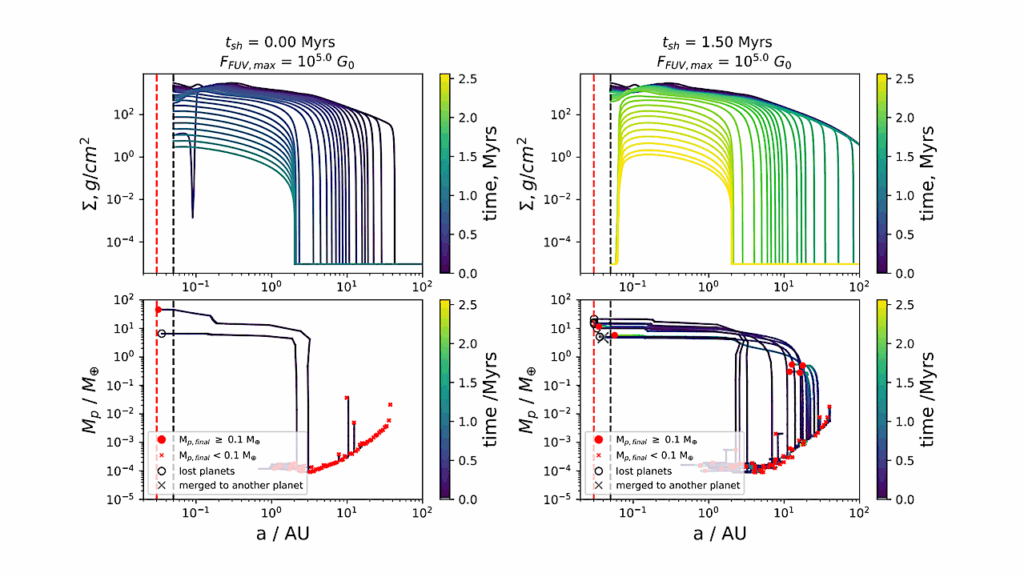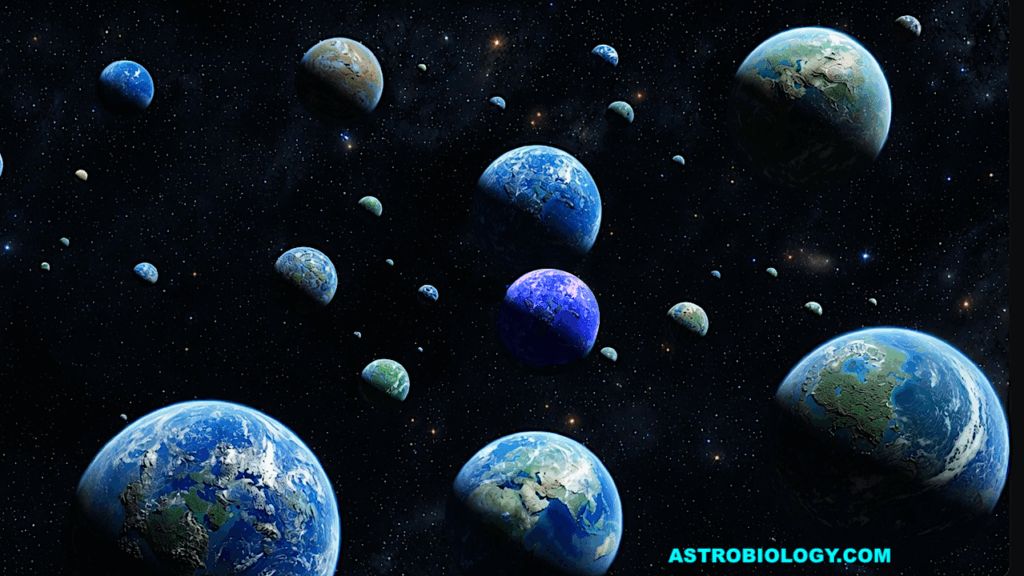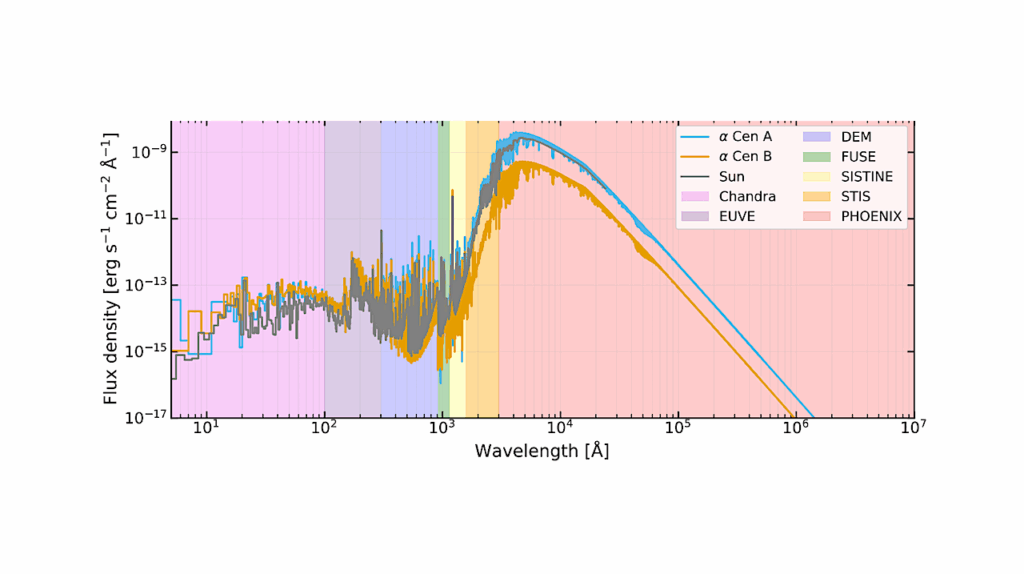From Sub-Neptunes to Super-Earths: The Search for Habitable Worlds

During a live Google Hangout, three astrophysicists — Zachory Berta-Thompson, Bruce Macintosh and Marie-Eve Naud — discussed the huge variety of planets discovered so far, how close we are to being able to see other Earth-like planets, and all that remains unknown.
In recent years, astronomers have discovered that our universe is rich with other planets. More than 1,700 other worlds have so far been discovered, and new planets and new insight into planets continue to make headlines almost every week.
Last week, three astrophysicists came together during a live Google Hangout to discuss what we’ve been able to learn about exoplanets so far, consider just how close we may be to identifying other Earths, and marvel at all that remains to be discovered.
“I think the most exciting planets that we’re finding right now are the ones that are not quite rocky and not quite gas giants,” said Zachory Berta-Thompson, the Torres Fellow for Exoplanetary Research at the MIT Kavli Institute for Astrophysics and Space Research. “They’re this really interesting regime of planets that we don’t even really know what to call. Some people call them super-Earths because they’re bigger than Earth, other people call them sub-Neptunes because they’re smaller than Neptune. Understanding the composition of these planets is a really exciting thing.”
Marie-Eve Naud, a University of Montreal PhD student who recently helped discover a new gas planet, agreed: “What is interesting is that this category of planet is really, really common — yet it doesn’t exist in our solar system. We’re not even sure what they’re made of. Are they small gas planets or really big rocky planets? The community is really interested in this ‘new’ type of planet.”
The study of very young planets is also becoming increasingly exciting, with astrophysicists starting to make out what looks like very young stars forming in the middle of disks of dust and gas, said Bruce Macintosh, a member of the Kavli Institute for Particle Astrophysics and Cosmology and the principal investigator for the Gemini Planet Imager.
And what about planets like our own? The researchers agreed that to find another Earth, they would want to look for a planet that’s rocky like Earth and that’s the right distance from its star to make temperatures comfortable for life.
“You would probably also like to know the basics of its atmospheric composition,” said Naud. “You would like to know, for example, if there is water, and if there are other gasses that could indicate that there is something going on — life, for example — in the atmosphere.”
However, the participants agreed that an Earth-like discovery is unlikely to come soon. Even though recent results suggest that there are generally many more small planets than there are big ones — a finding that’s encouraging for the existence of small planets like Earth — our technologies haven’t yet reached the point where they can detect Earth-like planets in other solar systems.
“To see something that’s really like Earth around a Sun-like star, even as close as 20 light-years away, you need missions that don’t exist yet — but that hopefully will over the next 10 or 20 years,” said Macintosh.
Contact:
Jim Cohen
The Kavli Foundation
+1 805-278-7495
[email protected]
Complete discussion, recorded live:
http://www.kavlifoundation.org/science-spotlights/coming-soon-earth-planets-other-solar-systems








